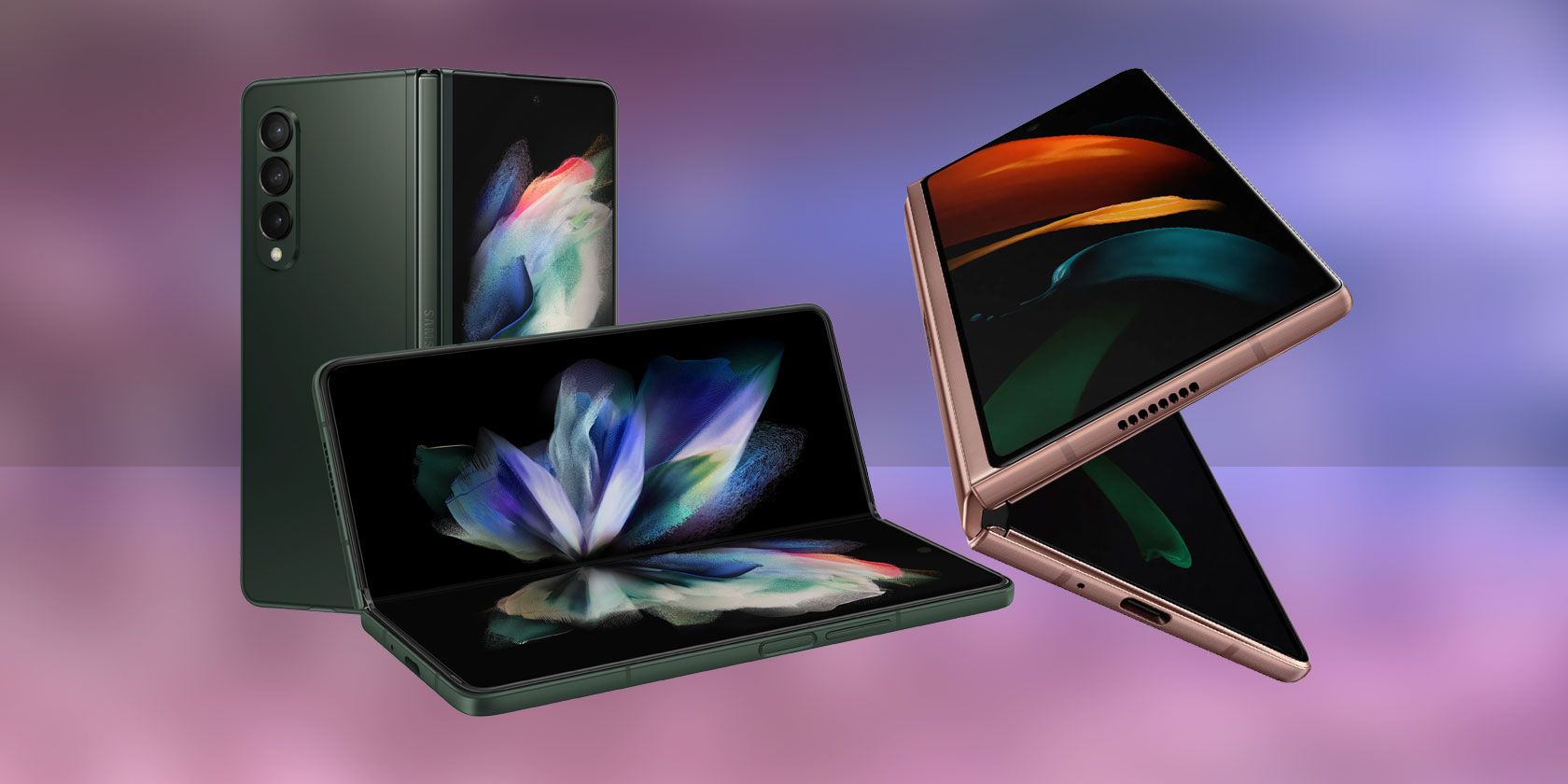By now, we have all heard the hype around foldable phones. We know they have a strong appeal and how companies claim it to be the “next big thing”. But the question is, when? When can we expect to see foldables in the hands of the average buyer?
Here are a few things it would take for foldables to become popular.
1. Lower Price
Let’s start with the most obvious, but perhaps also the most important factor: price. If just five years ago, you told people that smartphones will soon cost more than $1000 or even $2000, you would probably be laughed out of the room.
But now, as the world transitions to new smartphone form factors such as folding, rolling, or swiveling phones, it’s not uncommon to see these prices on our screens and billboards. While innovation is always welcomed in the tech industry, it’s not always obvious why people should spend thousands of dollars on a smartphone.
Luckily, as is its nature, technology usually gets cheaper over time. A $500 phone from 2021 can do way more than one from 2016 of the same price. Foldables can become mainstream if they follow the same trajectory. As demand increases, foldable phones will get increasingly affordable over time via economies of scale.
2. Stronger Main Screen
The folding display hardware is still relatively new, and there are several ways it needs to improve.
While foldable phones already have a pretty durable exterior as they can be made from the same materials as the back of regular phones, their front panels are still very weak and prone to scratches and dents. It’s inevitable given the obvious need for a soft, flexible material to allow the folding action to occur.
All the foldable phones that have been made and released to date are plagued with this problem. Manufacturers are trying to make constant improvements, but the technology simply isn’t mature enough yet to survive out in the wild.
3. No Crease
Another inevitable problem that all foldables have faced to date is the crease on the folding screen. You see, regular smartphone glass (such as Gorilla Glass Victus) is static and hence can be made really durable. But since the screen on a foldable phone folds and unfolds several times a day, it wrinkles down the middle and leaves a noticeable crease.
This can prove to be interrupting in daily use as you slide your finger across the screen. Creating a foldable phone without any crease at all is a major challenge. That is unless you are making something like the Microsoft Surface Duo which has no crease as it features two separate static screens and a 360-degree hinge.
4. No Air-Gap
Another hardware problem foldables tend to have is the air gap. When folded shut, foldable phones don’t close perfectly flat as that would break the screen inside. To avoid that, the screen bends to a point where it leaves a gap from which air, dust, and water can pass through.
This problem should be much easier to solve though, as we have already seen the Huawei Mate X2 do a very impressive job at virtually closing that gap by having the device fold closer to flat than the competition.
5. Dust Resistance
We have already seen IPX8 water-resistance in action on a foldable phone, thanks to the Samsung Galaxy Z Fold 3 and Flip 3. But dust resistance remains a problem on the foldable form factor.
Dust is a big problem for foldable phones because they have a lot of moving parts. If any small dust particle enters the phone body via any one of its openings, it can cause problems and potentially kill the device. Until this is fixed, taking your foldable phone to the beach is probably a bad idea.
6. Better Battery Performance
Making a foldable phone means sacrificing a lot of internal real estate to house all the moving parts. The hinge itself takes a lot of space. Due to this, foldable phones often have mediocre battery life—at least not as good as what they could have if the moving parts didn’t take so much space.
A bright, high refresh rate, AMOLED display already takes a lot of power. And since many foldable phones have a bigger main screen, they require more power than usual to continue working for as long as regular phones do.
This means that if you have a foldable phone, the chances of it dying on you when you need it the most are higher than normal—which hinders the device’s overall reliability.
7. Universal Aspect Ratio
It isn’t just the hardware that needs improvements—the software needs a few tweaks too.
Foldable phones often have weird aspect ratios due to their squarish shape when unfolded. For instance, the 22.5:18 aspect ratio of the main screen on the Galaxy Z Fold 3 invites quite a few inconveniences.
Most YouTube videos are shot in a 16:9 aspect ratio, so when watching them on the Fold 3 (or most other foldable phones for that matter), you will see two giant black bars at the top and the bottom since the video cannot fill the whole screen by itself.
8. Supported Apps
Currently, there aren’t enough apps that take proper advantage of the foldable form factor. App developers make their apps for the masses, not for the select few enthusiasts. This is why iPhones usually have greater app support and optimization than Android phones—because they are usually more consistent.
Foldable phones are simply not in enough hands for app developers to care. Although, Google is trying hard to convince them to design apps for foldable phones—hinting at Google’s congruence to the foldable trend.
Foldables Will Go Mainstream, But Not Instantly
At this point, our guess for when foldable phones will become mainstream is as good as anybody’s. If they are to do so, they first need to eliminate the compromises they are making to achieve that form factor. Only then, their benefits over regular smartphones can shine through.
Some compromises are easy to overcome and can even be done by next year, while others are more challenging and can take years to fully overcome. Whatever the case may be, there is a lot in store for you to be excited about.
While some people argue that smartphones today all look the same, there hasn’t been a time more revolutionary for smartphones than this in the last decade. At this point, things are just too speculative to make any strong predictions, but it seems the conventional smartphone form factor will continue to be challenged.
About The Author

